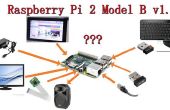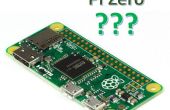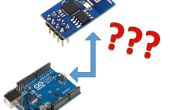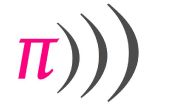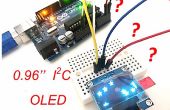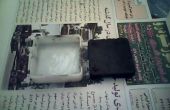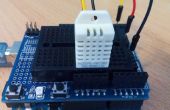Stap 4: Blink code voor NodeMCU - Hallo wereld-LED



Op de Arduino IDE >> bestand >> voorbeelden >> ESP8266 >> knipperen
/* ESP8266 Blink by Simon Peter Blink the blue LED on the ESP-01 module This example code is in the public domain The blue LED on the ESP-01 module is connected to GPIO1 (which is also the TXD pin; so we cannot use Serial.print() at the same time) Note that this sketch uses LED_BUILTIN to find the pin with the internal LED */void setup() { pinMode(LED_BUILTIN, OUTPUT); // Initialize the LED_BUILTIN pin as an output }// the loop function runs over and over again forever void loop() { digitalWrite(LED_BUILTIN, LOW); // Turn the LED on (Note that LOW is the voltage level // but actually the LED is on; this is because // it is acive low on the ESP-01) delay(1000); // Wait for a second digitalWrite(LED_BUILTIN, HIGH); // Turn the LED off by making the voltage HIGH delay(2000); // Wait for two seconds (to demonstrate the active low LED) } NodeMCU aansluit op uw computer met micro USB-kabel en klik op de upload knop om uw Blink-codes uploaden naar NodeMCU.
Deze code wordt uitgevoerd op dat uw NodeMCU is blauwe geleid voor 1 seconde vervolgens in een lus voor eeuwig sluiten.
Nu, hebben we NodeMCU bestuur net als een Arduino boards Arduino boards principe werken.
Opmerking: op deze site, is vermeld dat de Arduino IDE v1.6.7 kan niet werkt goed met NodeMCU, als u zulk een probleem van de Arduino IDE geconfronteerd, moet u bijwerken uw programma van de Arduino IDE. Ik kan u vertellen hoe het programma nu bijwerken.
